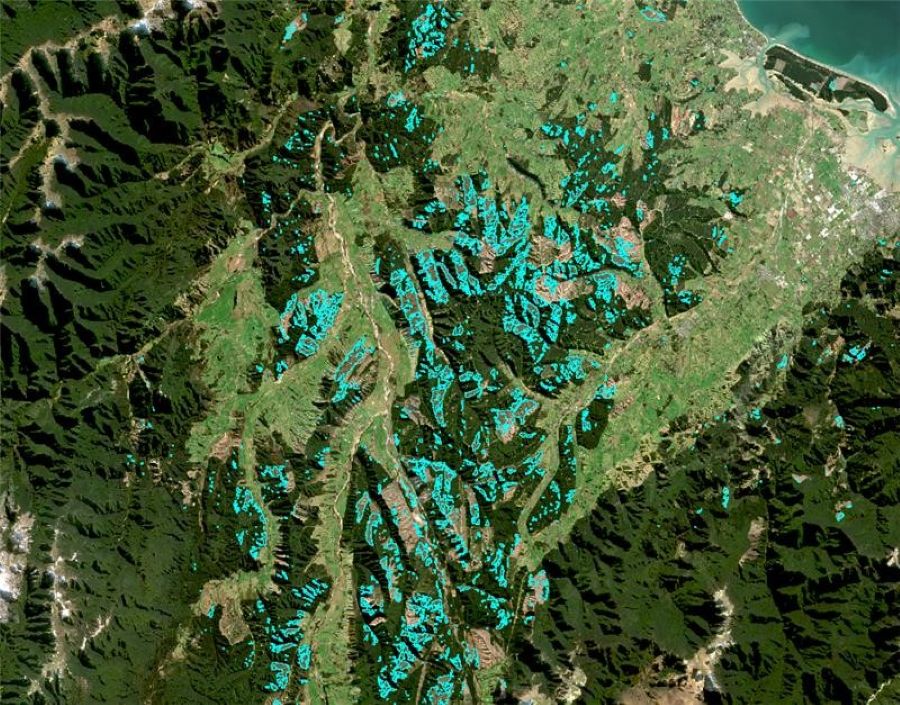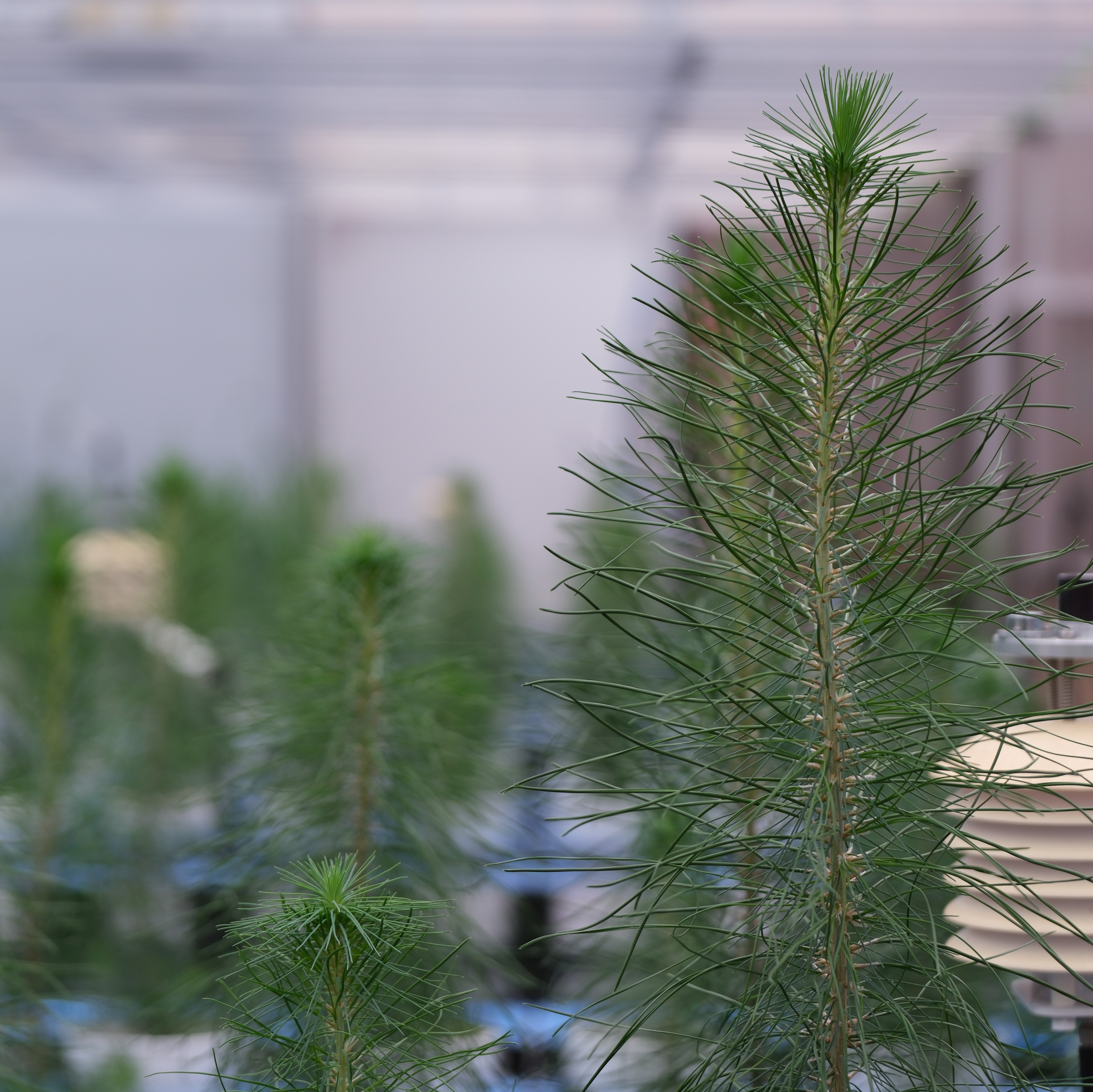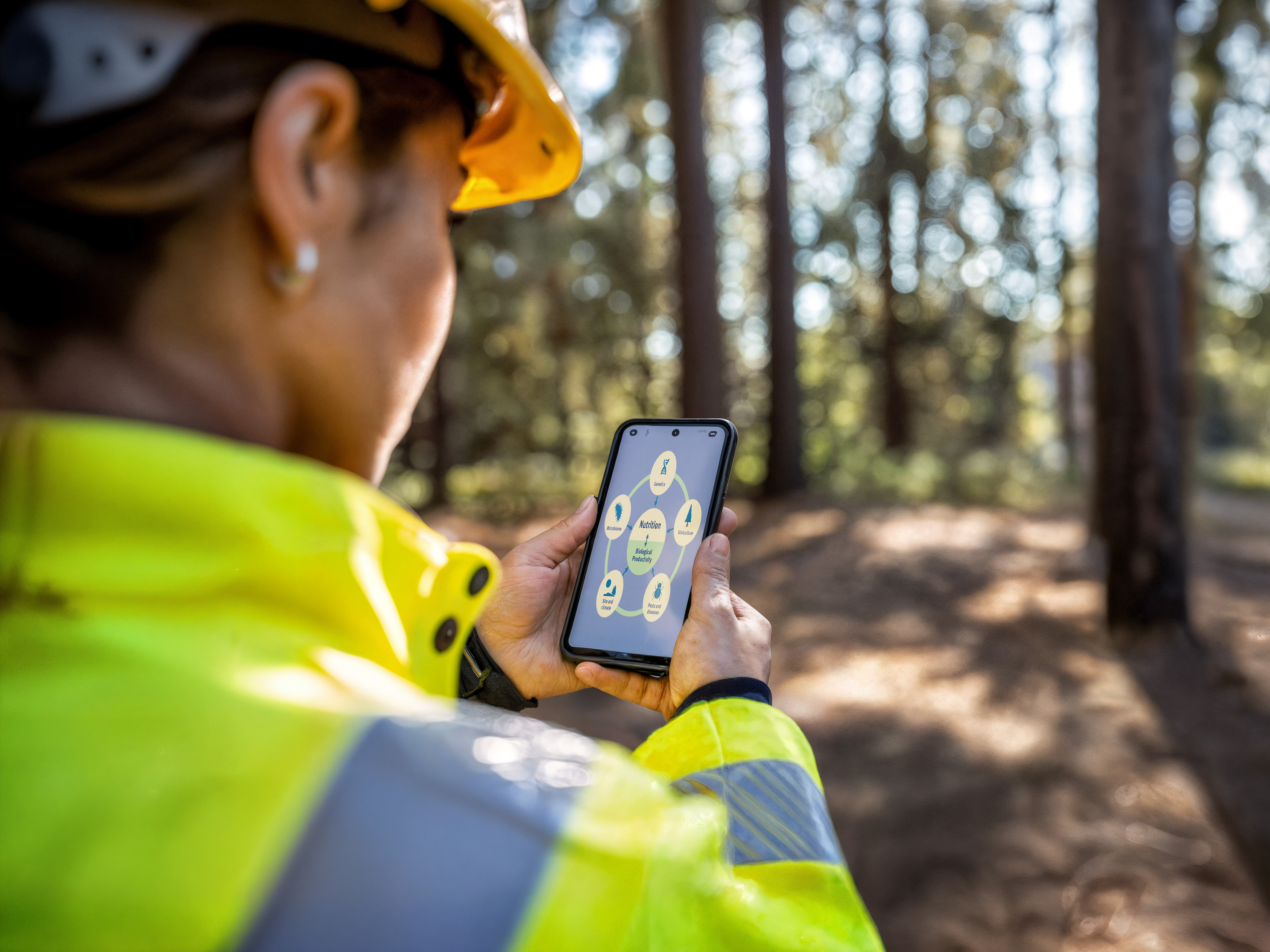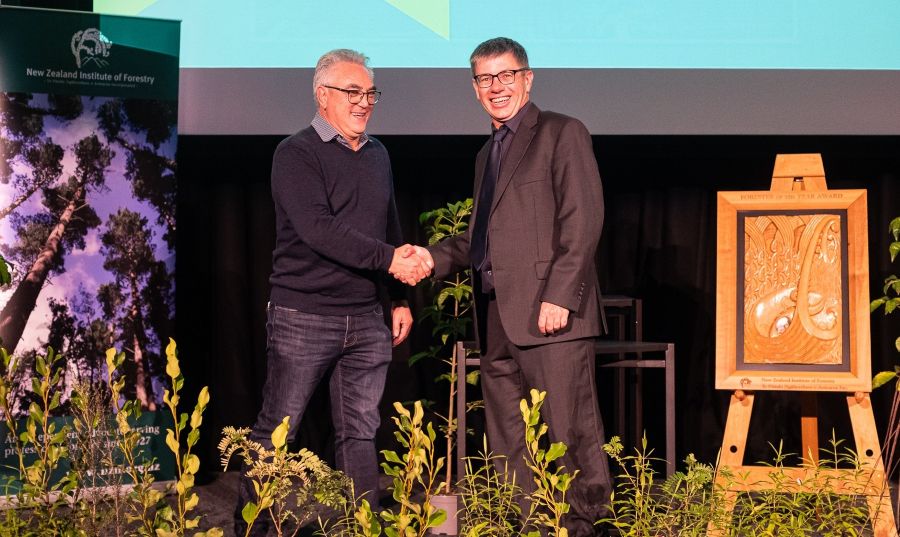What's new at Scion No. 6
Kia ora koutou,
On 1 July, Scion proudly joined the Bioeconomy Science Institute (BSI) as part of a dynamic group committed to creating greater impact for New Zealand’s science and R&D ecosystem. This strategic integration is designed to strengthen efficiency, foster deeper collaboration, and unlock new opportunities for innovation across the sector.
What does this mean for our valued partners and stakeholders? By bringing together complementary expertise and resources from across the Bioeconomy Science Institute we’re amplifying our capabilities to serve you better. This wider collective power means increased capacity for innovation, enhanced technical excellence, and the ability to tackle bigger challenges—enabling Scion Group to expand our reach, influence, and the value we provide to industry and Aotearoa.
We are also delighted to welcome the new BSI Chief Executive, Mark Piper, who, in a powerful endorsement of the forestry and bioproducts sector, demonstrated his commitment by visiting Scion headquarters immediately. This marks an exciting new chapter for us all, as we work together to drive sustainable, positive change for our sector and the planet.
In this issue you can find out about:
Barriers to alternative exotic timber products markets
Latest research in identifying water stress
Forestry mapping tools making an impact
How tree microbiomes influence growth
Targeted nutrition for resilience and productivity
NZIF's 2025 Forester of the Year
Ngā mihi nui,
Henri Bailleres and the Scion Team
Current barriers to alternative exotics markets
Scion has researched how we might overcome the barriers to the uptake of specialty timber species in NZ. To diversify the timber market and increase sector resilience, we explored how we might substitute these specialty timbers for the imported timber. Potential recommendations were to focus on:
- a few species that have sufficient resource available that could cover a range of products, which are ready for substitution.
- a regional supply of a specific species (e.g. durable eucalypts in Northland) for one market segment (e.g. Auckland decking market).
Several aspects of the value chain were analysed and feedback from end-users collated to identify opportunities to overcome key barriers. The current supply chain could be improved by better resource mapping and supply chain visibility, enhanced education and training around the growing resource, a process to meet the market requirements, promotion of local timber use, finding ways into existing markets and addressing key supply chain problems (product availability, lead times, price range, where to get the timber, whether samples are available, range of finishes, compatibility with coatings and treatments, dimensions and grades available, durability class and use specifications, certification status).
A more collective and intentional approach is required to substantially reduce the barriers for increased uptake of our specialty species.
Potential intervention points would be to consider how to further integrate the supply chain, possible thermal modification of certain species to fit a market requirements and consolidation of the scattered timber resources to improve the efficiency of processing and marketing.
As research results show, there's substantial potential in the market for alternative commercial species, which could bring significant economic benefits to the New Zealand timber sector
Find the full report at www.fgr.nz or contact Karen Bayne.

Identifying water stress in kauri using hyperspectral imagery
Significant advances have been made around identifying water stress in indigenous species within the Transforming Tree Phenotyping programme over the last year. In collaboration with Iwi partners Te Roroa, we investigated the use of hyperspectral remote sensing for early detection of water stress in seedlings of the iconic native species Agathis australis (kauri). By integrating high-resolution spectral data with physiological measurements the study identified spectral signatures linked to early drought response. Machine learning models using multitemporal spectral data detected stress up to two weeks before physiological symptoms were evident, supporting the use of hyperspectral imagery as a non-destructive tool for phenotyping and identifying water stress.
Building on this, the research extended to the canopy scale, using UAV-mounted hyperspectral sensors to annually monitor 40 mature kauri trees growing in a plantation setting from 2023 to 2025. The imagery, combined with ground-based soil and leaf water measurements, revealed strong correlations between canopy spectral indices and water availability, and showed that canopy indices could track changes in water availability across seasons. These findings highlight the potential of hyperspectral imagery for drought stress detection in native forest systems and were published in February.
Forestry mapping tools making an impact
The Scion Group worked with Indufor to rapidly develop an AI tool to support recovery efforts in the wake of the Nelson Tasman floods. Using satellite data, the tool detects and maps storm-related damage to planted forests and the wider environment to provide near real-time insights.
Michael Watt, the Scion Group’s New Value Digital Forests and Wood Sector portfolio lead, says the lightweight app transforms complex remote sensing data into accessible insights, such as the estimated area and severity of affected forest blocks.
Also collaborating with Indufor, ForestInsights was recently launched as a powerful new platform that delivers spatial layers of precisely mapped forest boundaries and up-to-date forest information for New Zealand’s planted estate. The baseline dataset created for New Zealand results from a collaborative effort between Scion’s Geomatics team and Indufor’s Resource Monitoring team. The collaboration is structured in a way that helps sustain the maintenance and development of the layers created.
The hosted datasets are available for purchase from the ForestInsights platform and include information on planted boundaries, age, and harvest area. Alternatively, if you require a larger area, or an annual license, please get in touch with the team at hello@indufor.com
How is ForestInsights different?
A feature of plantation forests is that they are constantly changing. This pace of change is challenging to capture. National statistics provide a snapshot and may only capture larger forest owners - the information dates quickly since they are less frequently updated. Data restrictions usually mean the information omits key information such as species and age class.
Discover more about ForestInsights or contact Mike Watt.

Tree microbiomes influence growth
The Tree Root Microbiome Programme, led by Dr Steve A. Wakelin recently completed important research in collaboration with the Australian Plant Phenomics Network in Adelaide, South Australia. Pine seedlings were grown and monitored at the facility, while stress conditions were introduced to see how the growth might be impacted. By the end of the experiment, there were obvious growth differences.
At the facility, a fully automated, high tech phenotyping platform collects RGB and hyperspectral imagery, and hydrates seedlings based on weight. Knowing how pine seedlings grow under optimal and stressed conditions – and the role the microbiome plays – is crucial for understanding how environmental factors and microbial interactions influence plant development. High-throughput phenotyping has shown that certain microbial partnerships can improve drought resistance — an important step toward developing forests that can withstand environmental stress.
By investigating how microbial communities respond to increasing aridity, Scion's Sarah Addison conducted research unlocking new ways to protect both productive and natural forests, while strengthening climate resilience in forestry practices.
Watch Sarah Addison talk about the research or contact Steve A. Wakelin for more information.

Targeted nutrition for forest resilience and productivity
There is a critical need for a national forest nutrition management strategy to enhance forest resilience and productivity in New Zealand. Scion has conducted a workshop with industry and key takeaways include
Key takeaways include:
- Renewed Focus on Nutrition: The report highlights the stagnation in forest nutrition research and the necessity for a coordinated, long-term strategy to address nutrient deficiencies and improve forest productivity
- Workshop Insights: A recent workshop identified barriers to effective nutrition management, such as knowledge gaps, inconsistent responses to fertilisers, and environmental concerns. It emphasized the need for site-specific nutrient modelling and long-term trials to evaluate emerging nutrient technologies
Some immediate actions from the workshop were to establish a dedicated working group to guide and implement a national forest nutrition strategy, invest in long-term research and trials, to adopt precision forestry techniquest to optimise fertiliser use, and to consider a holistic approach to forest management; integrating nutrition with broader environmental and sustainability goals.
Implementing these recommendations can significantly enhance the productivity and sustainability of the forestry sector.
Read more about the workshop outcomes or contact Steven Dovey.

2025 NZIF Forester of the Year
Dr Dean Meason, a senior scientist with the Scion group of the Bioeconomy Science Institute, has been named New Zealand Institute of Forestry’s 2025 Forester of the Year.
The award recognises Dean’s outstanding contribution to forest hydrology research, which has provided insights that are shaping the future of forestry and water management around New Zealand. Dean led the Ministry of Business, Innovation and Employment-funded Forest Flows research programme, completed in 2024, that helped provide a more accurate picture of what’s happening to the water in New Zealand’s forests. The programme has informed regional freshwater policy development and land-use decisions in a changing climate. Post-2024 support from Forest Growers Research is focussed on developing a forest hydrology toolkit for foresters.
Dean and his team have further MBIE funding (through the Catalyst Fund) to collaborate with NASA’s Jet Propulsion Laboratory and the University of Massachusetts at Amherst on continued research. This new programme, focussed on the Aupōuri Peninsula’s Te Hiku region (Northland), will use data from NASA satellite missions to find a new way to accurately measure water use for different land uses and how it varies across the region.
This research will provide new insights for freshwater management at scales previously not thought possible.

